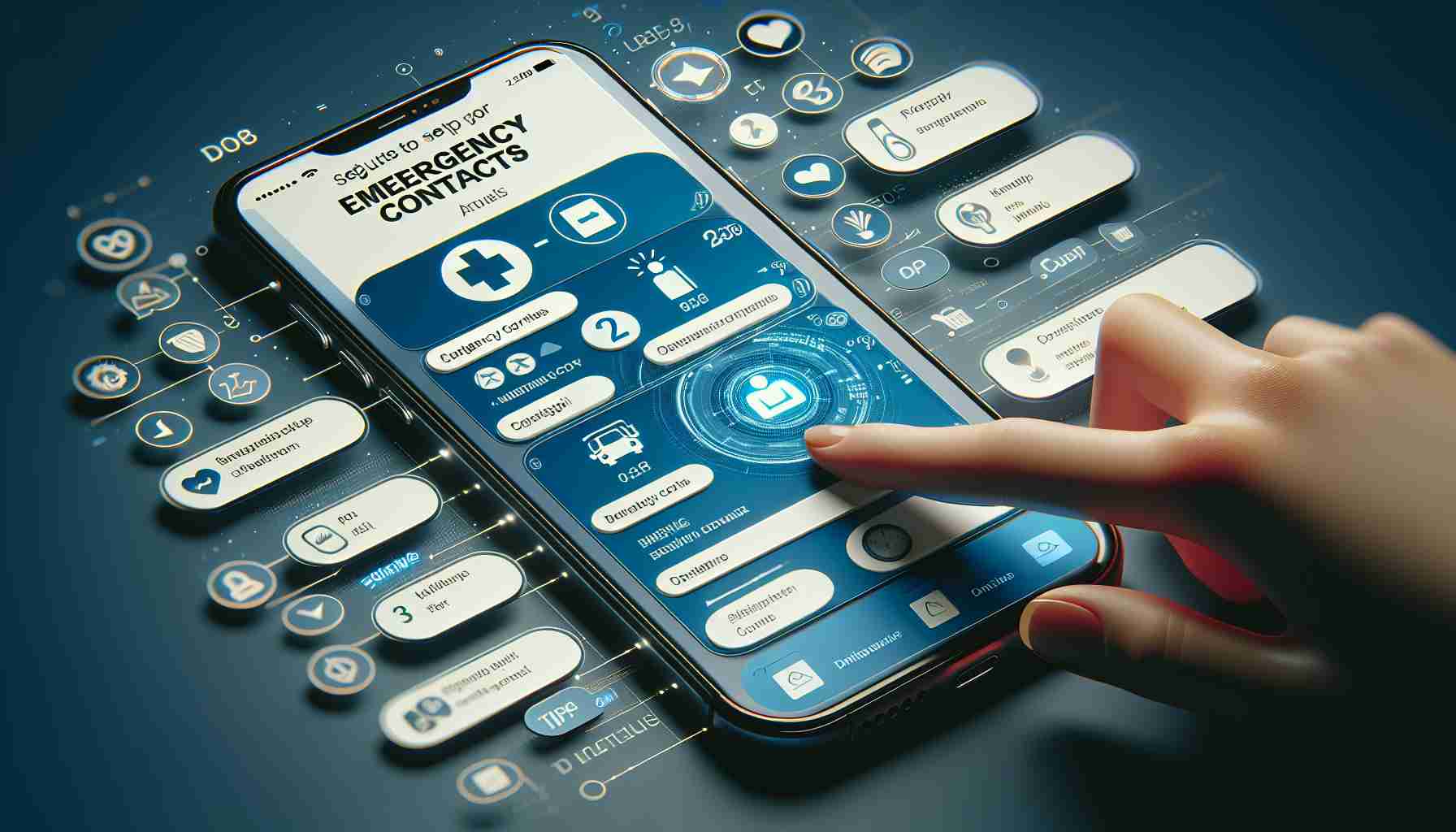When to Seek Help in Emergency Situations
Avoid the need to involve the authorities in avoidable situations by being aware of when to utilize emergency numbers.
Accessing Your Emergency Contacts
To access your emergency contacts on your smartphone, simply follow these steps: for iPhones, press the right-side button five times, swipe left on the screen, and tap on the “Emergency Pass” button. For Android devices, swipe up on the lock screen to reveal the “Emergency” option where your emergency contacts and information can be found.
Essential Information for Your Emergency Pass
Decide on the critical information to include in your emergency pass, such as a contact person from your family or friends whom first responders can reach out to in times of need. Additionally, you can input personal details like your name, address, birthdate, blood type, allergies, or existing medical conditions. These particulars become crucial, especially if you require immediate medical attention due to specific medications you are on.
Setting Up Emergency Contacts on Your Phone
On an iPhone, open the Health app, go to “Summary,” tap your profile picture, click on “Emergency Pass,” select “Get Started” or “Edit,” and provide the necessary details including personal and medical information as well as emergency contacts. For Android devices with version 12 or above, navigate through the settings, enter your medical details under “Medical Information,” add emergency contacts, save the information, and enable the display of this data on your lock screen.
Efficient Assistance in Time-Sensitive Emergencies
Prompt action during emergencies is vital, where having quick access to your emergency contacts and medical details can make a significant difference. Whether it’s the Emergency Pass feature or the response time of local emergency services, every second counts when it comes to assisting you in times of need.
In-Depth Guide to Setting Up Emergency Contacts on Your Smartphone
In today’s digital age, having your emergency contacts readily accessible on your smartphone can be a crucial lifeline in times of need. While the basics of setting up emergency contact information are covered in the previous article, there are additional important aspects to consider to ensure you are well-prepared for any emergency situation.
Key Questions and Answers:
1. What other information should you consider including in your emergency contacts?
In addition to basic contact details, it’s beneficial to provide any specific instructions for first responders, such as whether you have pets at home that need to be taken care of or if you have a preferred hospital or healthcare provider.
2. How often should you update your emergency contact information?
Regularly review and update your emergency contact information to ensure that it remains current. This is especially important if there are any changes in your contacts’ phone numbers or addresses.
Advantages:
Setting up emergency contacts on your smartphone offers several advantages, including:
– Quick access to critical information during emergencies.
– The ability to provide vital details to first responders even if you are unable to communicate.
– Peace of mind for both you and your loved ones knowing that help can be easily reached when needed.
Disadvantages:
Despite the benefits, there are some potential disadvantages to consider:
– Privacy concerns: Storing sensitive personal and medical information on your device could pose privacy risks if the phone is lost or stolen.
– Dependency on technology: In case of a dead battery or a malfunctioning phone, accessing emergency contacts may become challenging.
Challenges and Controversies:
One challenge associated with setting up emergency contacts on smartphones is the varying accessibility and usability of emergency features across different devices and operating systems. Users may encounter difficulties in locating and inputting their emergency contact information, particularly if they are not tech-savvy.
While the convenience of having emergency contacts at your fingertips is undeniable, it’s essential to weigh the potential risks and benefits to determine the best approach for your individual needs. By proactively preparing your emergency contacts and relevant information, you can better equip yourself for unforeseen situations that require swift action.
For further information on emergency preparedness and smartphone safety features, visit Red Cross.























